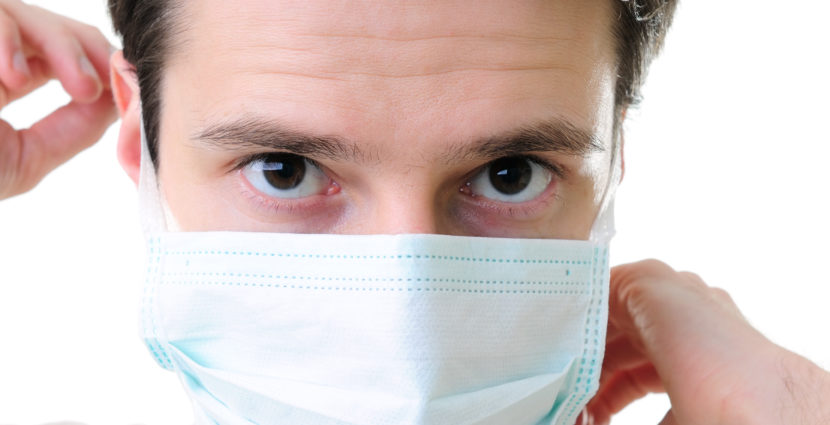
What is a face mask
Face masks are one tool utilized for preventing the spread of disease. They may also be called dental, isolation, laser, medical, procedure, or surgical masks. Face masks are loose-fitting masks that cover the nose and mouth and have ear loops or ties or bands at the back of the head. There are many different brands and they come in different colors. It is important to use a face mask approved by the FDA.
What is a face mask used for
Facemasks help limit the spread of germs. When someone talks, coughs or sneezes they may release tiny drops into the air that can infect others. If someone is ill face masks can reduce the number of germs that the wearer releases and can protect other people from becoming sick. A face mask also protects the wearer’s nose and mouth from splashes or sprays of body fluids.
When should a face mask be worn?
Consider wearing a face mask when you are sick with a cough or sneezing illness (with or without fever) and you expect to be around other people. The face mask will help protect them from catching your illness. Healthcare settings have specific rules for when people should wear face masks.
How to put on and remove a face mask
Disposable face masks should be used once and then thrown in the trash. You should also remove and replace masks when they become moist.
Always follow product instructions on the use and storage of the mask, and procedures for how to put on and remove a mask. If instructions for putting on and removing the mask are not available, then follow the steps below.
How to put on a face mask
- Clean your hands with soap and water or hand sanitizer before touching the mask.
- Remove a mask from the box and make sure there are no obvious tears or holes in either side of the mask.
- Determine which side of the mask is the top. The side of the mask that has a stiff bendable edge is the top and is meant to mold to the shape of your nose.
- Determine which side of the mask is the front. The colored side of the mask is usually the front and should face away from you, while the white side touches your face.
- Follow the instructions below for the type of mask you are using.
- Face Mask with Earloops: Hold the mask by the ear loops. Place a loop around each ear.
- Face Mask with Ties: Bring the mask to your nose level and place the ties over the crown of your head and secure with a bow.
- Face Mask with Bands: Hold the mask in your hand with the nosepiece or top of the mask at fingertips, allowing the headbands to hang freely below hands. Bring the mask to your nose level and pull the top strap over your head so that it rests over the crown of your head. Pull the bottom strap over your head so that it rests at the nape of your neck.
- Mold or pinch the stiff edge to the shape of your nose.
- If using a face mask with ties: Then take the bottom ties, one in each hand, and secure with a bow at the nape of your neck.
- Pull the bottom of the mask over your mouth and chin.
How to remove a face mask
- Clean your hands with soap and water or hand sanitizer before touching the mask.Avoid touching the front of the mask. The front of the mask is contaminated. Only touch the ear loops/ties/band. Follow the instructions below for the type of mask you are using.
- Face Mask with Earloops: Hold both of the ear loops and gently lift and remove the mask.
- Face Mask with Ties: Untie the bottom bow first then untie the top bow and pull the mask away from you as the ties are loosened.
- Face Mask with Bands: Lift the bottom strap over your head first then pull the top strap over your head.
- Throw the mask in the trash. Clean your hands with soap and water or hand sanitizer.


